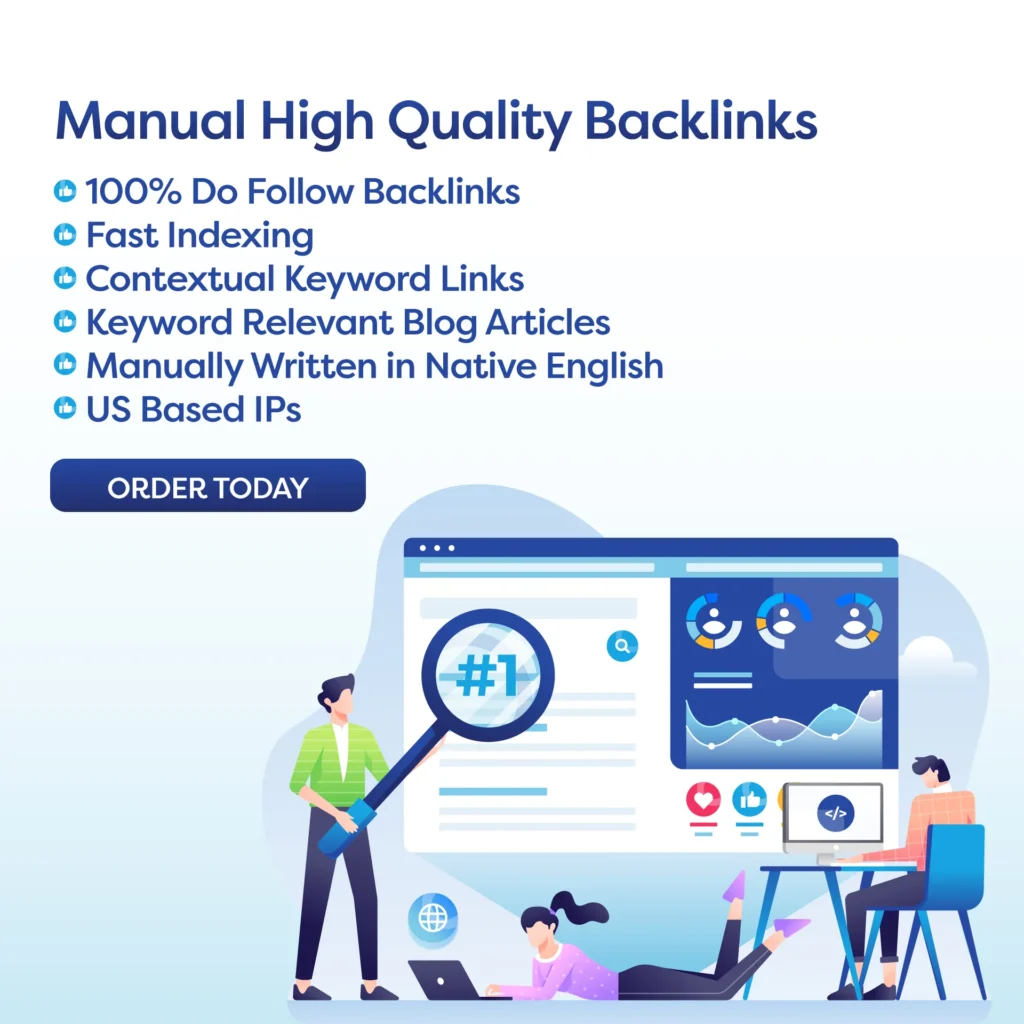Image Optimization for SEO
Introduction
In today’s digital age, having a website is crucial for any business or individual looking to establish an online presence. However, it’s not enough to just have a website; it needs to be fast, user-friendly, and optimized for search engines. One crucial aspect of website optimization is image optimization. In this article, we will discuss the importance of image optimization for SEO and provide tips for making your visuals search-friendly.
What is Image Optimization?
Image optimization is the process of reducing the file size of images without sacrificing their quality. It involves compressing images to make them smaller in size, which in turn helps to improve website loading speed. In simple terms, it means making images as small as possible without compromising their visual appeal.
The Importance of Image Optimization for SEO
Website loading speed has a significant impact on user experience and search engine rankings. In fact, according to research, 47% of users expect a website to load in two seconds or less, and 40% will abandon a website if it takes more than three seconds to load. This shows that having a fast-loading website is crucial for retaining users and reducing bounce rates.
Additionally, search engines, such as Google, consider website loading speed as one of the ranking factors. This means that a slow-loading website will not only negatively affect user experience but also your SEO efforts. By optimizing your images, you can significantly improve your website’s loading speed, leading to better user experience and higher search engine rankings.
Tips for Making Your Visuals Search-Friendly
Now that we have established the importance of image optimization for SEO, here are some tips for making your visuals search-friendly:
1. Choose the Right File Format
There are various image file formats, such as JPEG, PNG, and GIF. Each format has its own purpose, and choosing the right one can make a significant difference in image size. For example, JPEG is best for photographs, while PNG is ideal for graphics and illustrations. By choosing the right file format, you can reduce the file size without sacrificing image quality.
2. Compress Your Images
Compression is the process of reducing an image’s file size by removing unnecessary data without affecting its visual quality. There are various compression tools available, both online and offline, that can help you optimize your images. Some popular ones include TinyPNG, Compressor.io, and ImageOptim.
3. Use Descriptive File Names
When saving your images, it’s essential to use descriptive file names that accurately describe the image. This not only helps with organization but also with SEO. Search engines use image file names as an indicator of what the image is about, so using relevant keywords can improve your chances of ranking higher in image searches.
4. Add Alt Text
Alt text, or alternative text, is a short description of an image that is displayed in place of the image if it fails to load. It serves as an alternative for visually impaired users and also helps search engines understand the context of the image. By adding relevant alt text to your images, you can improve your website’s accessibility and SEO.
5. Use Responsive Images
With the rise of mobile devices, having a responsive website is crucial. This also applies to images. By using responsive images, the browser can determine the best size and resolution for the image based on the device and screen size. This can help reduce the page load time and improve user experience.
Conclusion
Image optimization is a crucial aspect of website optimization for both user experience and SEO. By following the tips mentioned in this article, you can significantly reduce your website’s loading time and improve your search engine rankings. Remember, a fast-loading website is essential for retaining users and staying ahead of your competitors, so don’t underestimate the power of image optimization.
